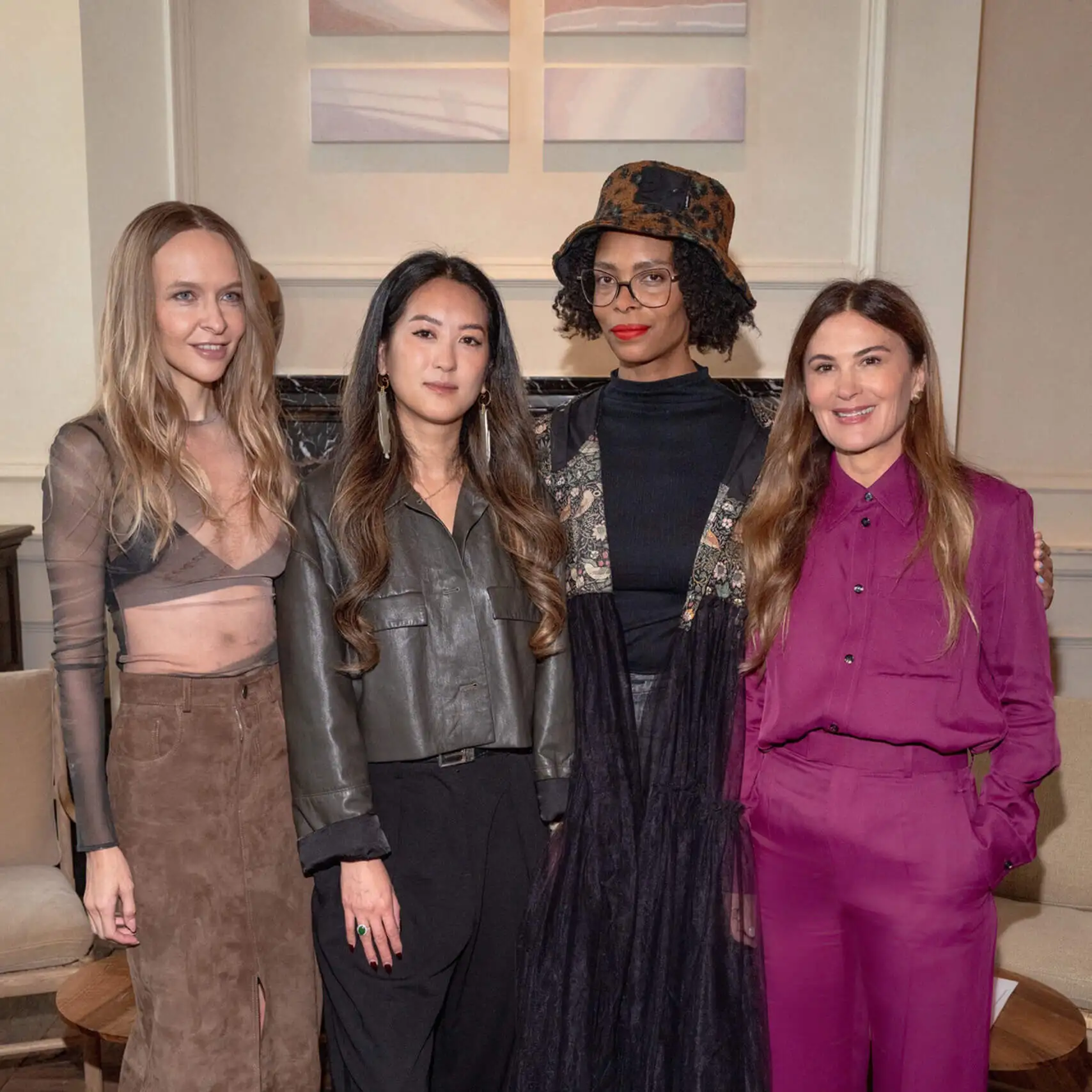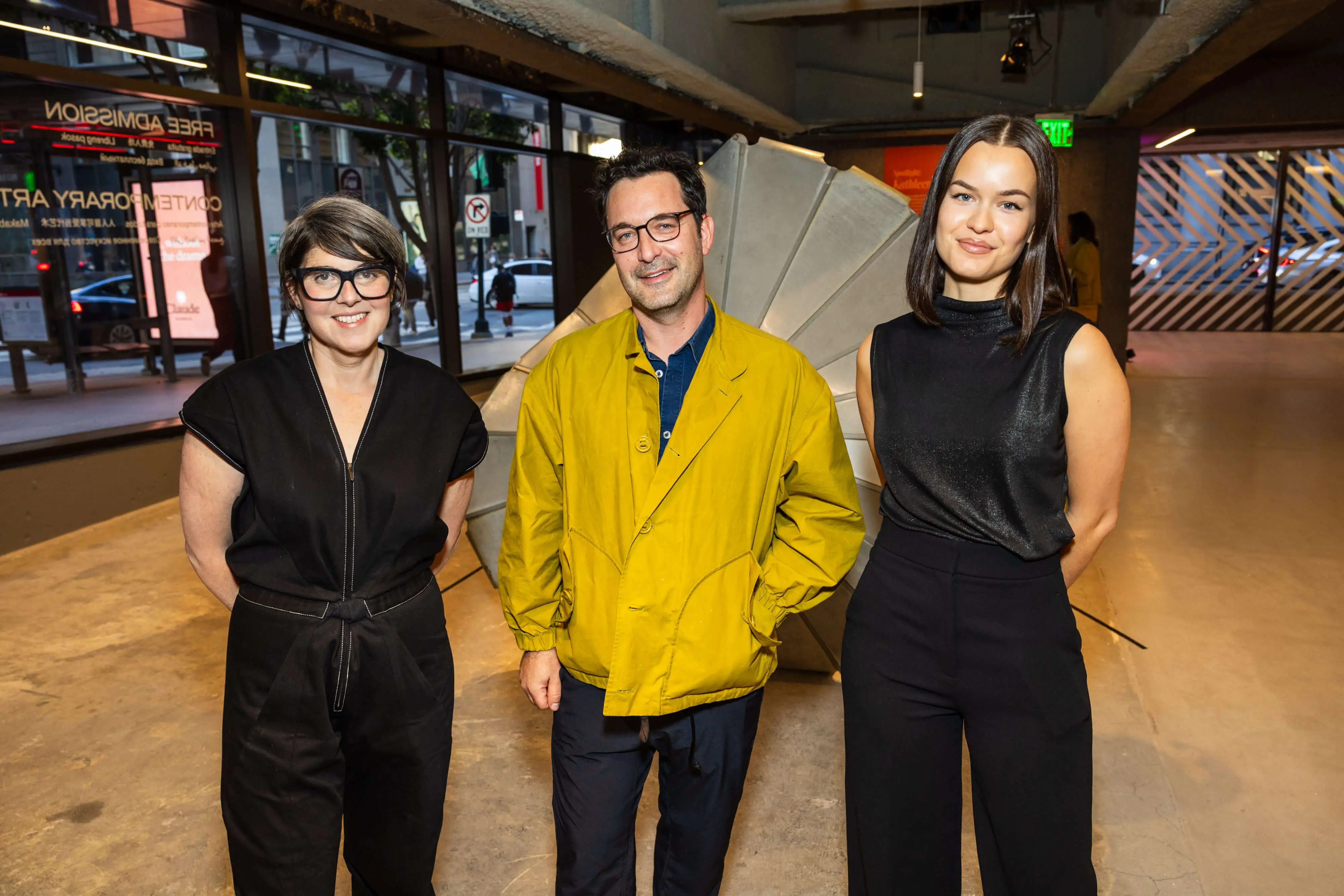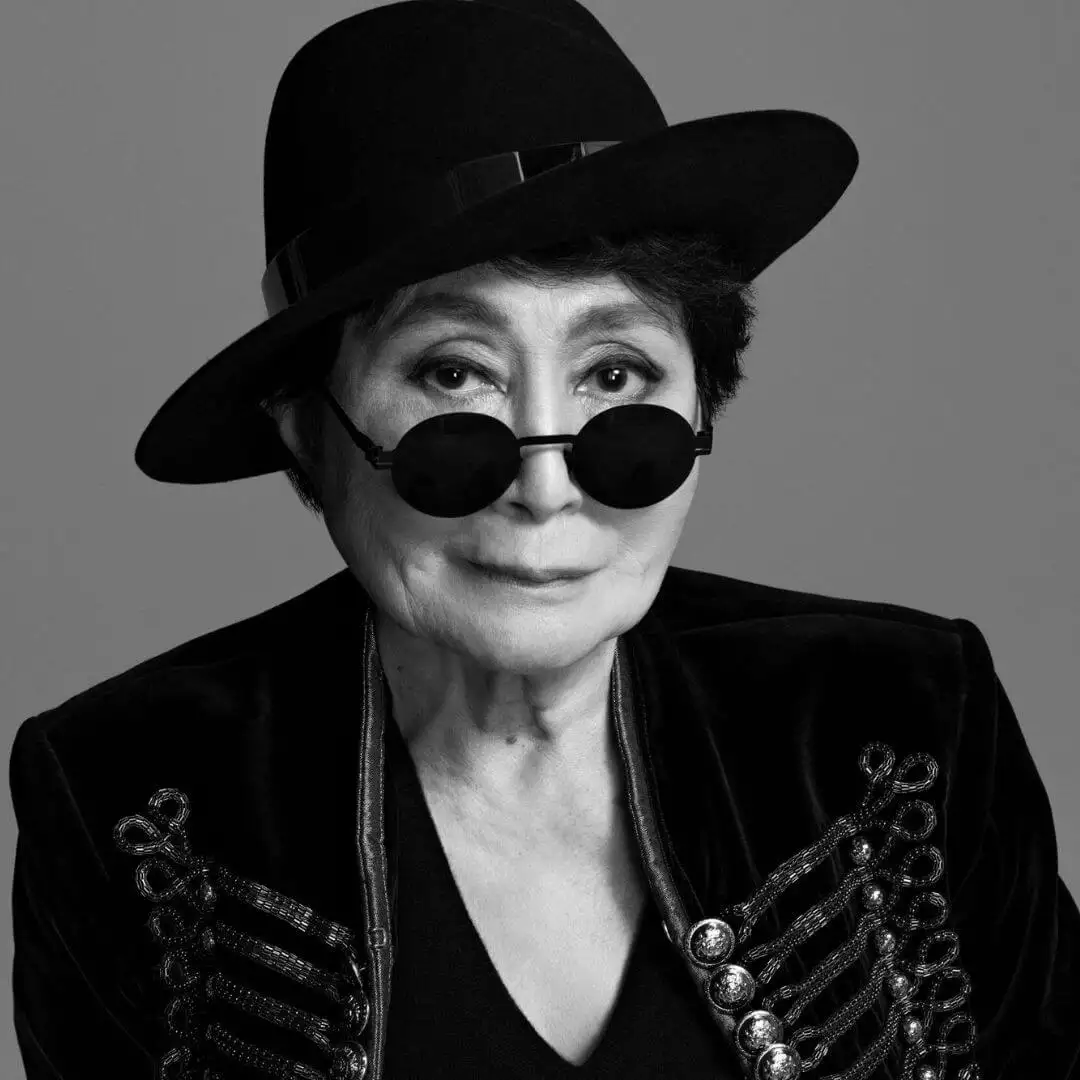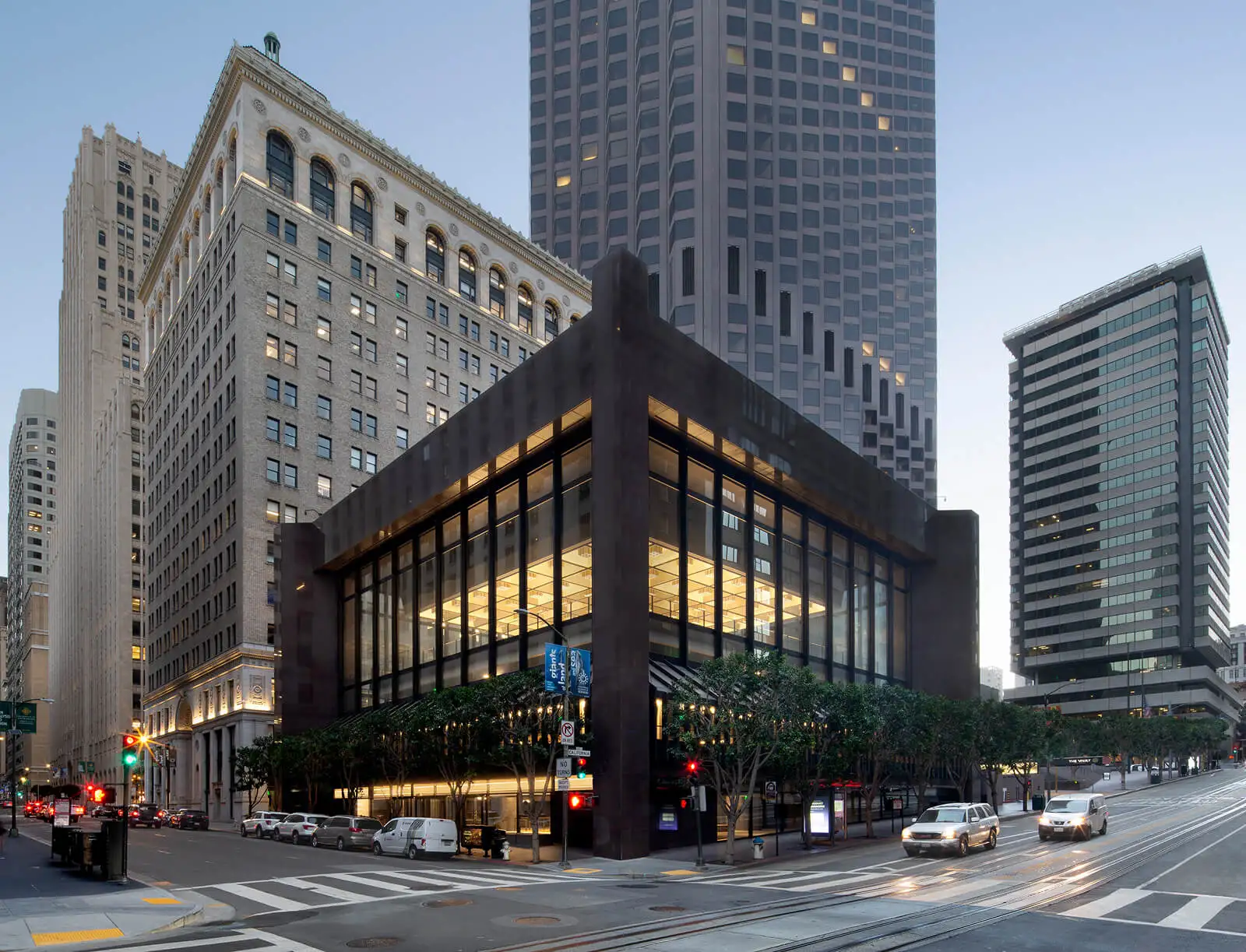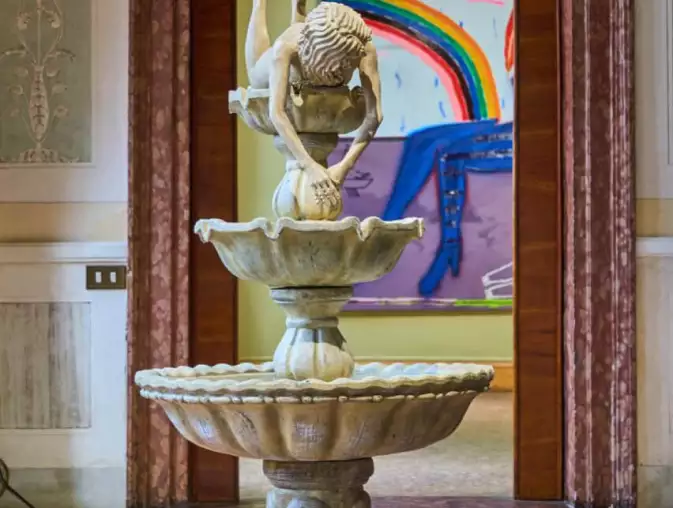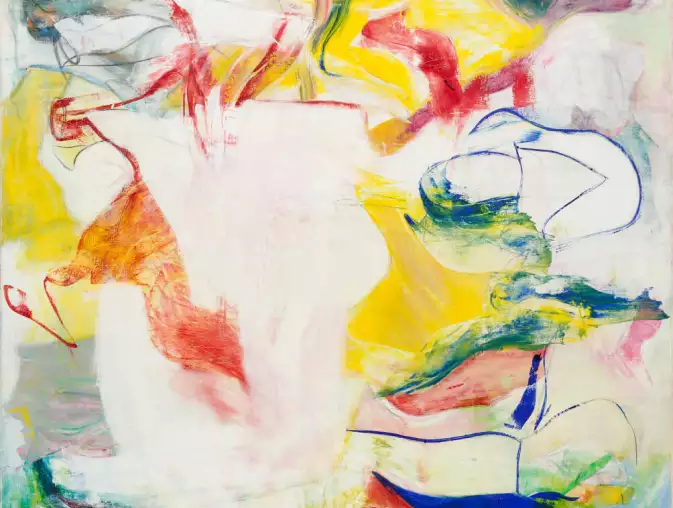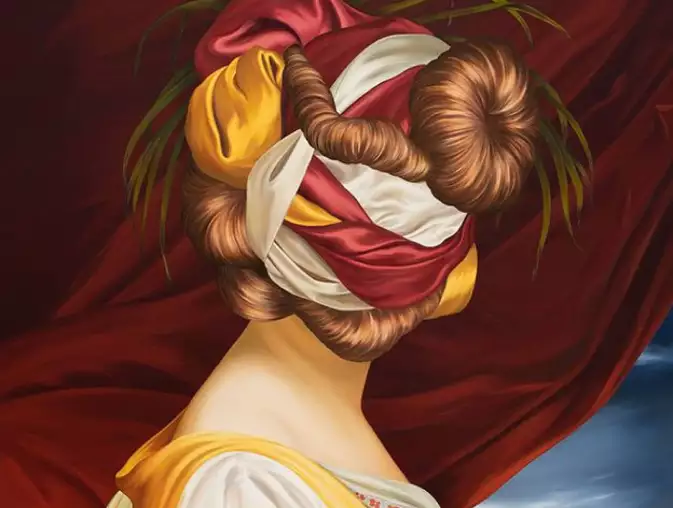journal
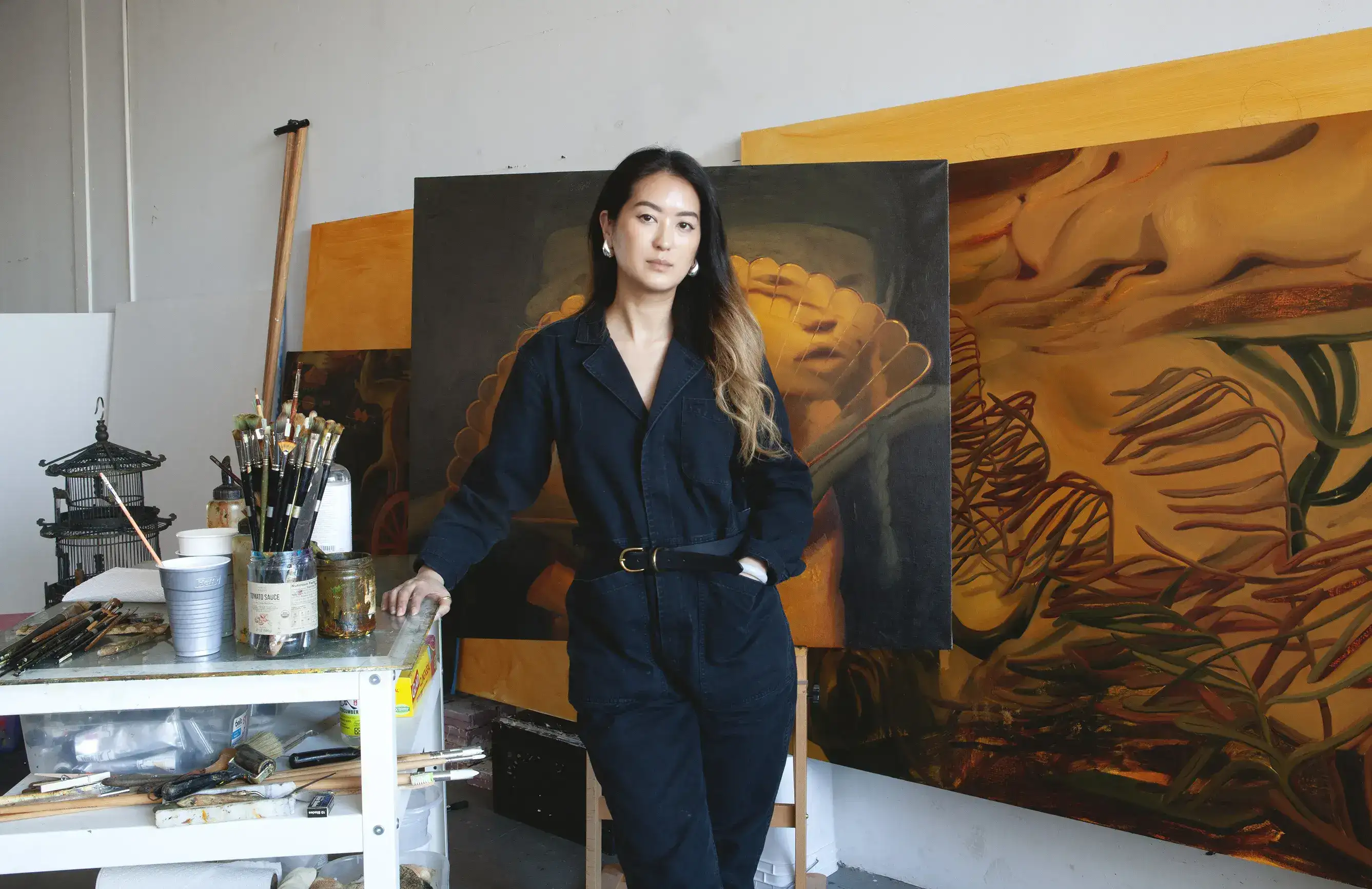
Through a distinctly feminist approach, Dominique Fung repositions Asian femininity from object to subject in the canon of art history. In her surreal, opulent paintings, the artist restores agency to bodies and objects long confined by the imperial gaze.
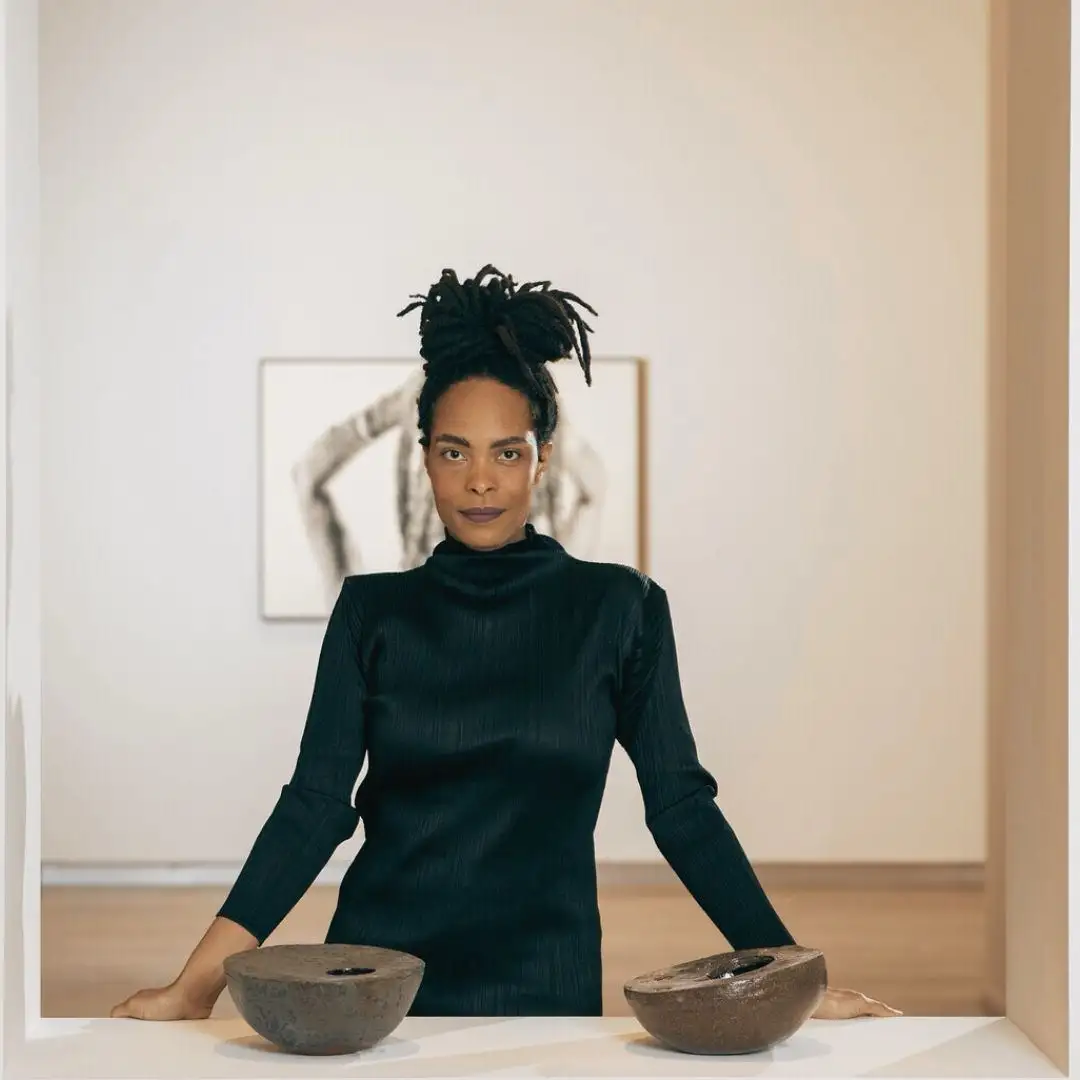
At the intersection of language and figuration, Kenturah Davis works with and through plurality that resists singular definition. Layering text, image, and material to capture and translate movement, the artist shows how human perception is formed, felt, and is always in flux.
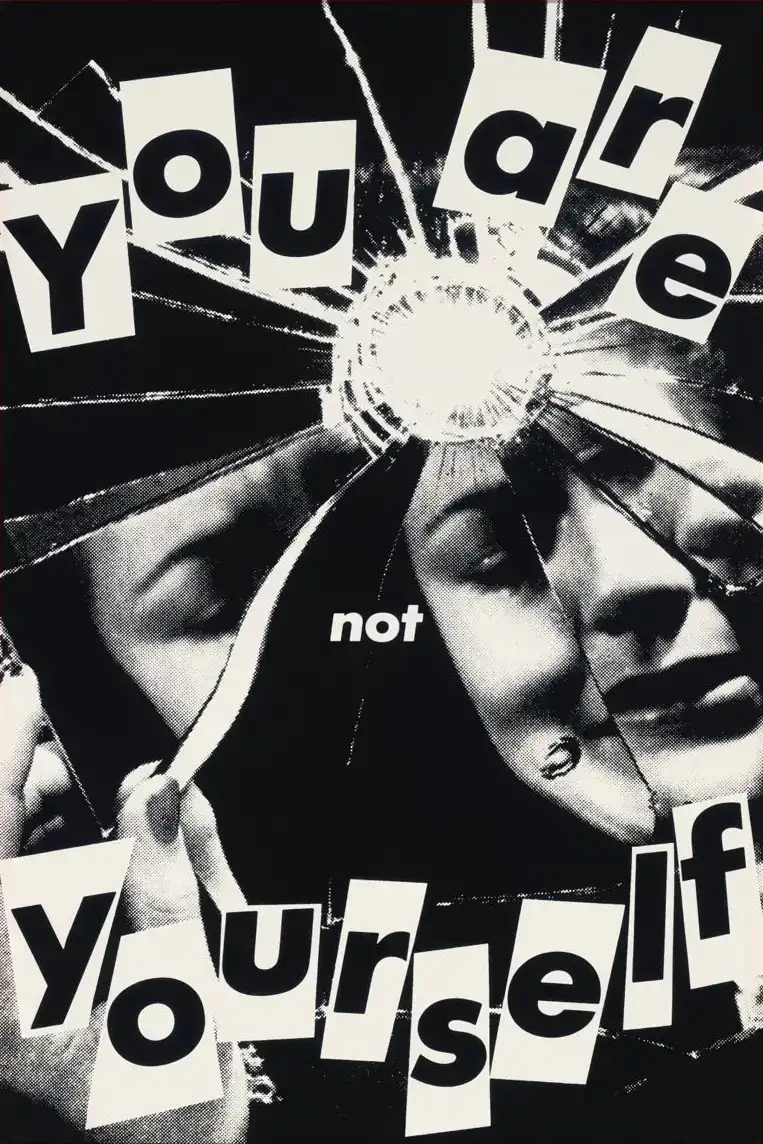
An American conceptual multi-media artist and feminist, Barbara Kruger harnesses the power of visual and textual language to expose the systems of power that shape everyday life. Disrupting representations of hierarchy within the societal constructs of identity, gender, control, and truth, Kruger’s criticality reframes ideology through the very words and pictures that both construct and contain us.
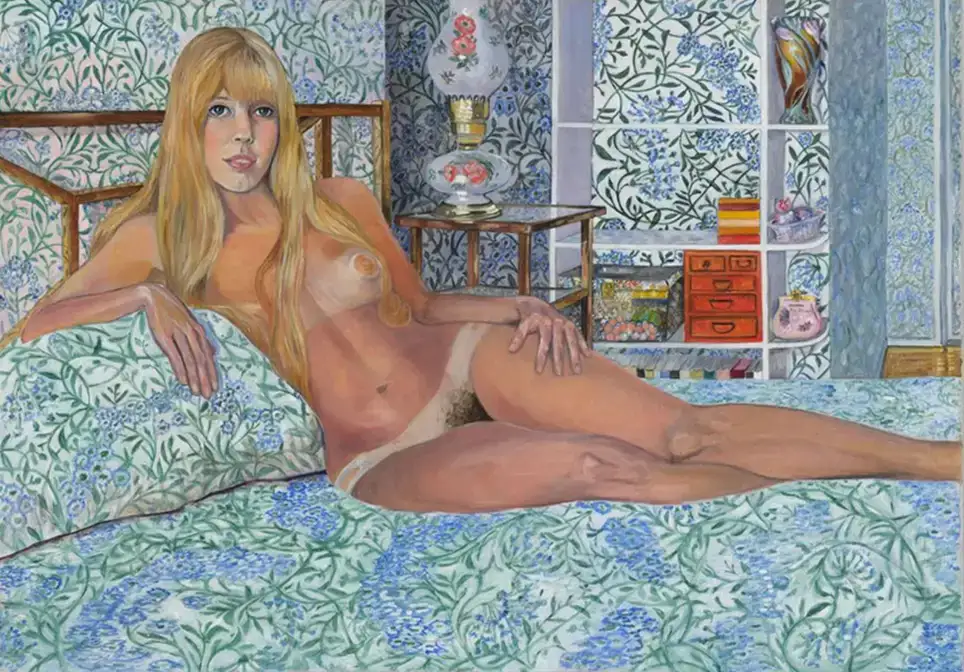
Once considered the very purpose of art, beauty has long been entangled with power, idealisation, and the female body. Today, artists, many of whom are shaping LYRA’s collection, challenge these historical paradigms, reclaiming and reimagining what beauty is and what it can mean.
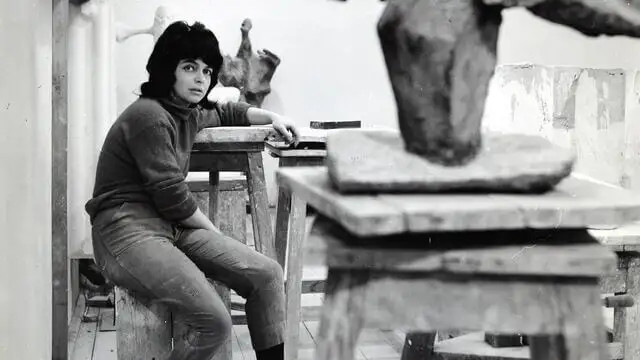
The human body has played an essential role in art throughout history. From the classical sculptures of antiquity to the meticulous anatomical drawings of the Italian Renaissance, the figuration of the body has evolved through the centuries as artists explore the many different facets of identity. In the 20th century, artists started broadening their perception of the human body in art by experimentally associating the body with questions regarding sexual equality, gender identity and feminism, as societies began to reinterpret traditional and patriarchal social norms.
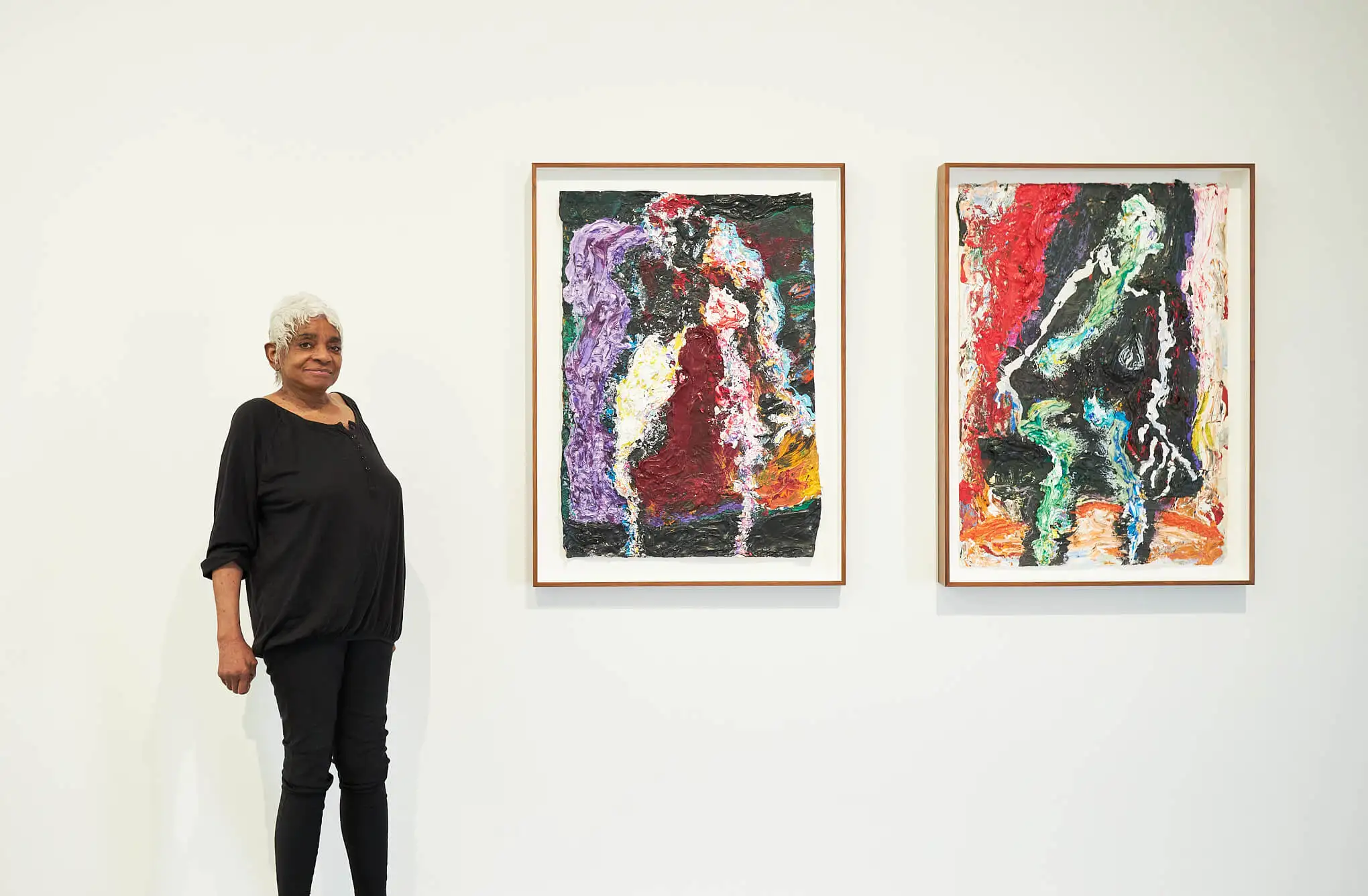
Upon meeting artist Sylvia Snowden in Paris last October, during her show at White Cube entitled Sylvia Snowden: Between Presence and Absence, it was immediately apparent that we were in the presence of greatness. Her whole demeanour, from her gentle nature and presence to her empathy and profound passion for her work, evoked a sense of awe and respect in all those present.
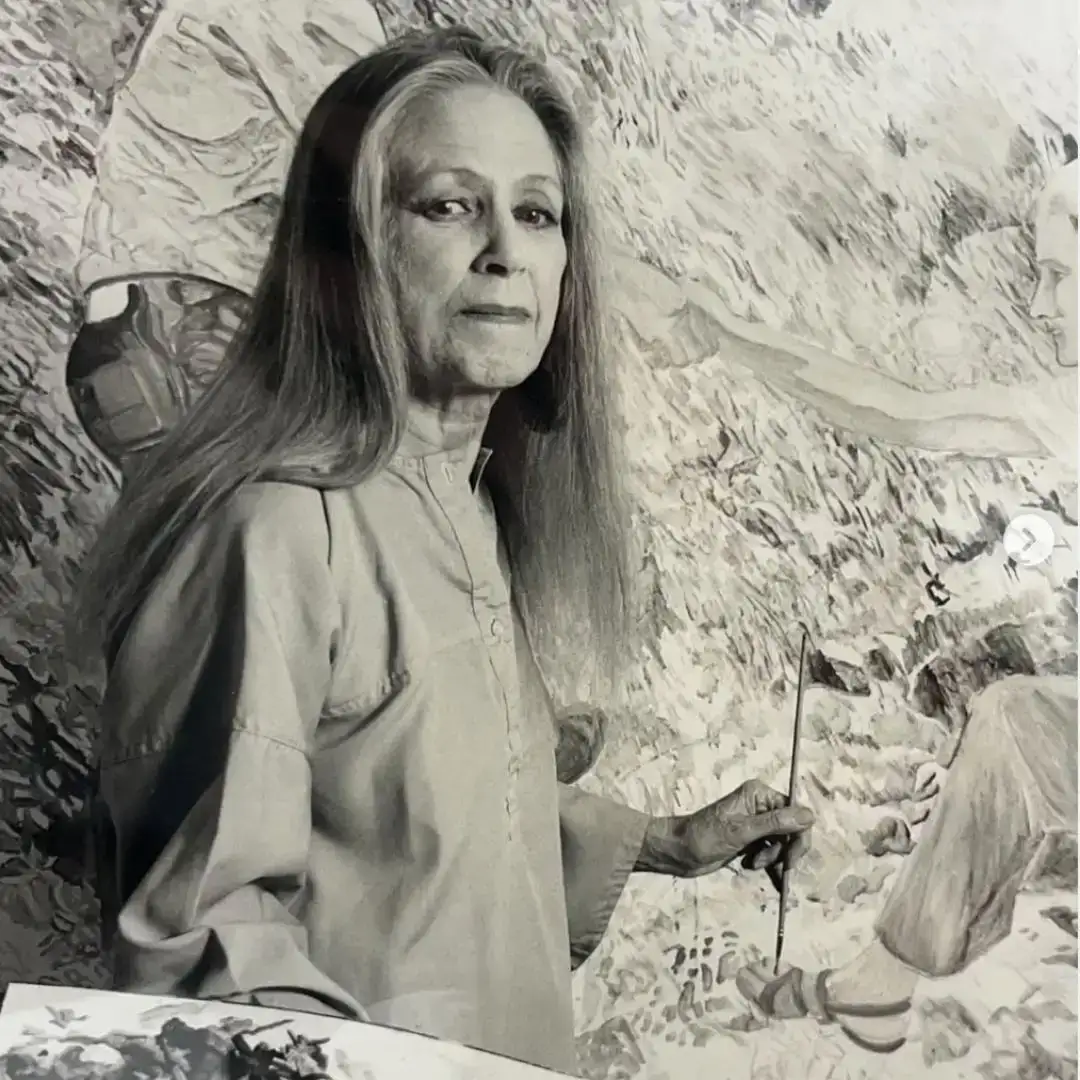
Few artists who challenged traditional representations of gender in art as boldly as LYRA artist Sylvia Sleigh. A Welsh-born realist painter, Sleigh gained prominence in the 1970s for reversing the male gaze by portraying male subjects with the same sensitivity and sensuality historically reserved for female nudes. Works, such as The Turkish Bath (1973), reinterpreted classical compositions by placing men in vulnerable, reclining poses.
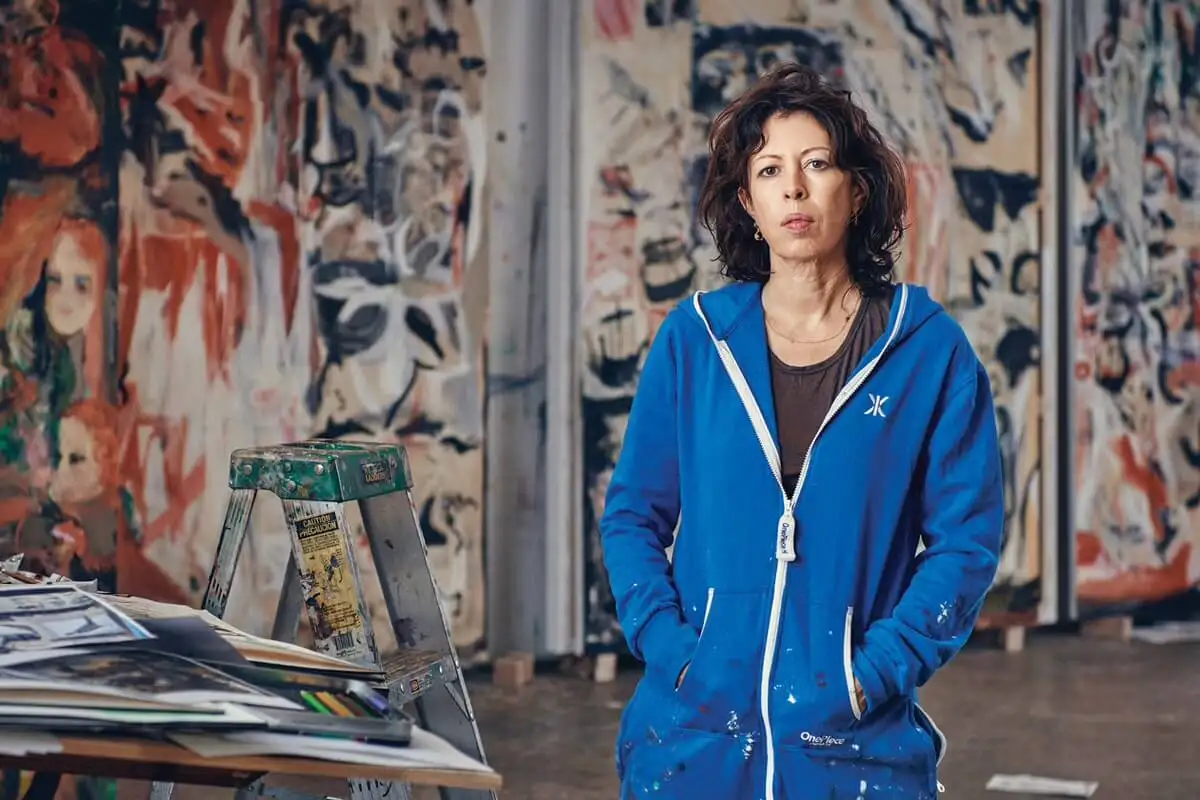
LYRA artist Cecily Brown (b. 1969) is a British-born artist recognised for her dynamic, gestural paintings that merge abstraction with figuration. Her works evoke a range of historical influences while engaging with contemporary themes of desire, movement, and perception. Over the course of her career, Brown has established herself as a pivotal figure in contemporary painting, bridging the traditions of the past with modern sensibilities.
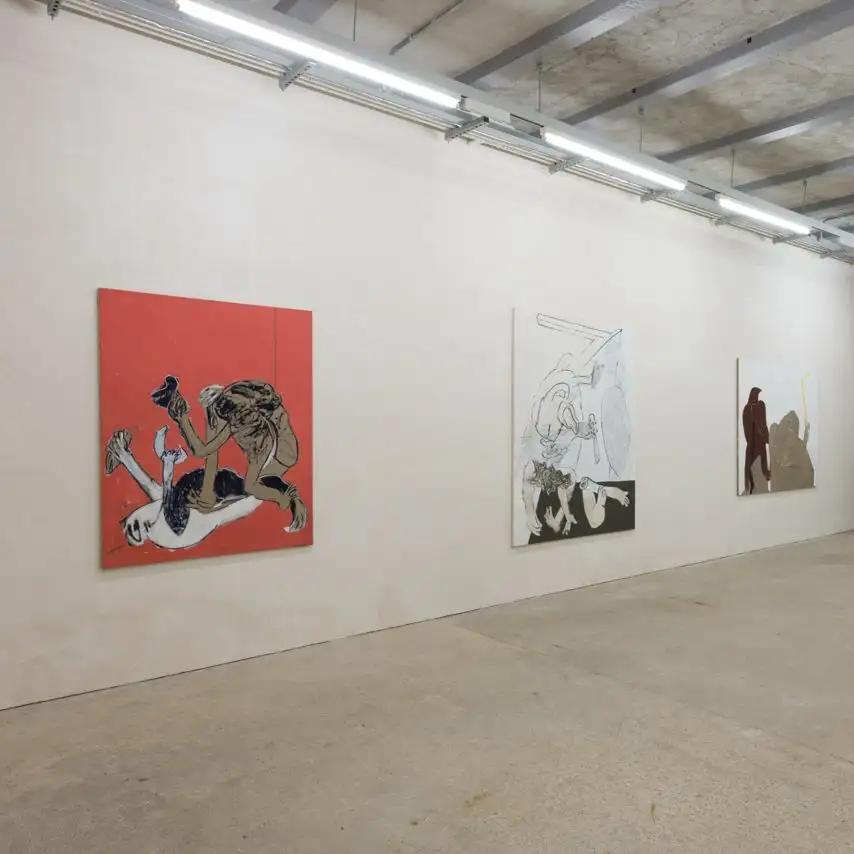
A new exhibition at Goldsmiths Centre for Contemporary Art in London, celebrates the life, work and contribution that Galli has made to the world over the past fifty years. From her early life in Germany after the Second World War, through her pioneering involvement with the progressive Berlin arts scene of the 1970s and 80s, to her ‘rediscovery’ in recent years, Galli’s devotion to her work is remarkable — ultimately creating a more sensitive world through her poignant pieces of art — is inspiring, and rightly celebrated in this exhibition.
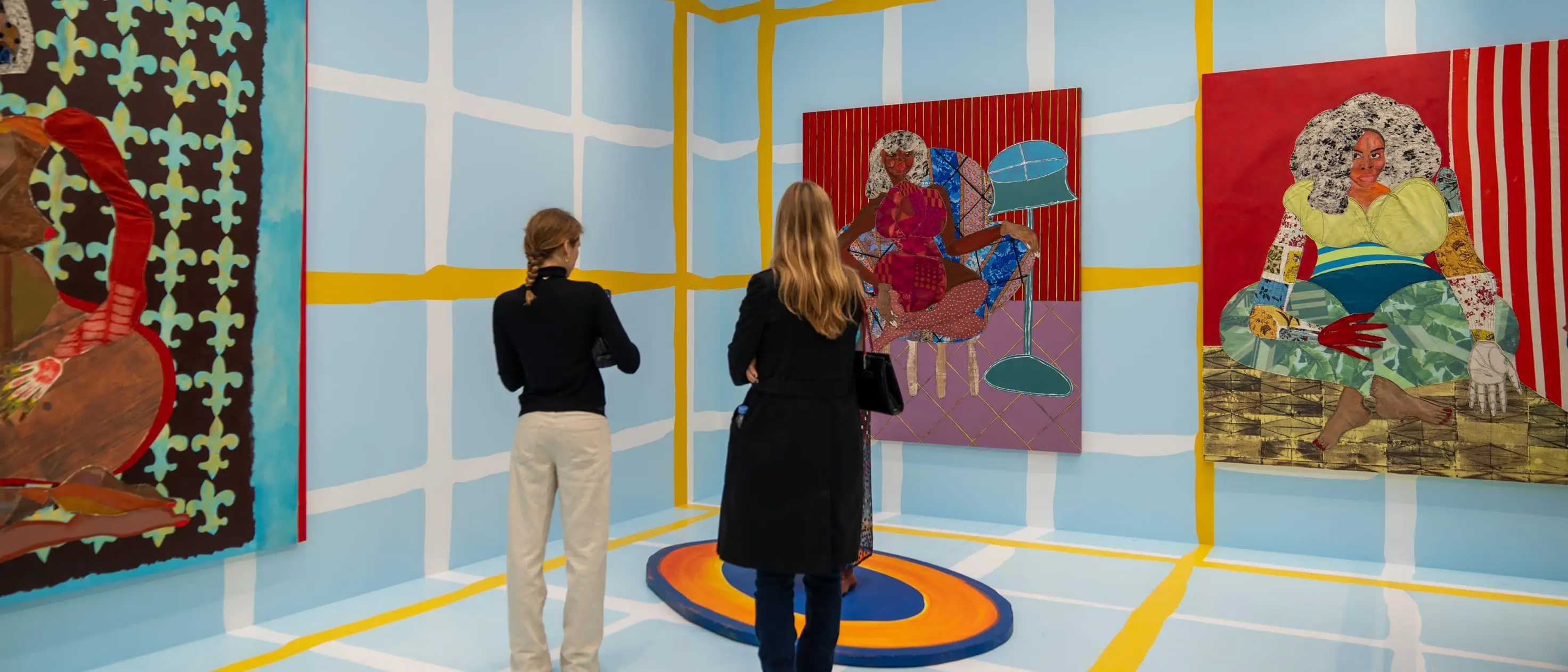
The world’s wealthiest collectors are spending more money on female artists, but women still face woeful biases throughout their careers
Article by Anna Bradley, Art Basel
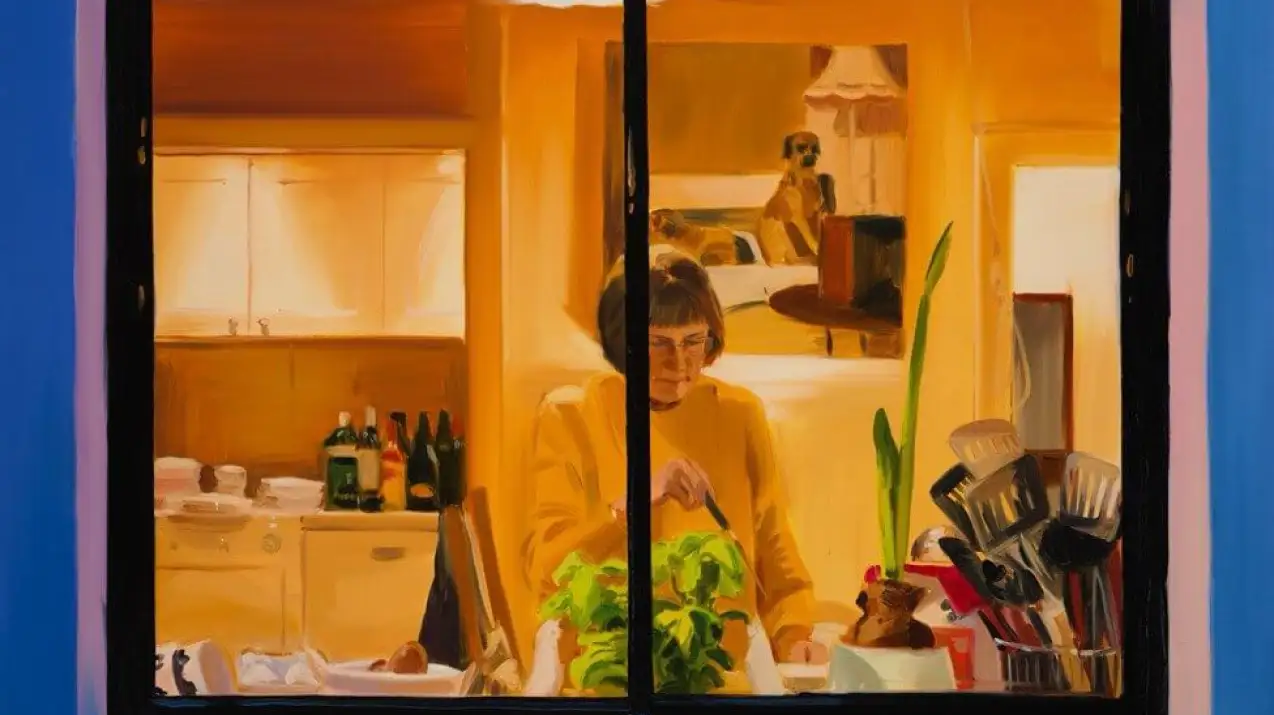
Lyra artist Caroline Walker delves into the intricacies of women's lives, and their roles within domestic and professional settings
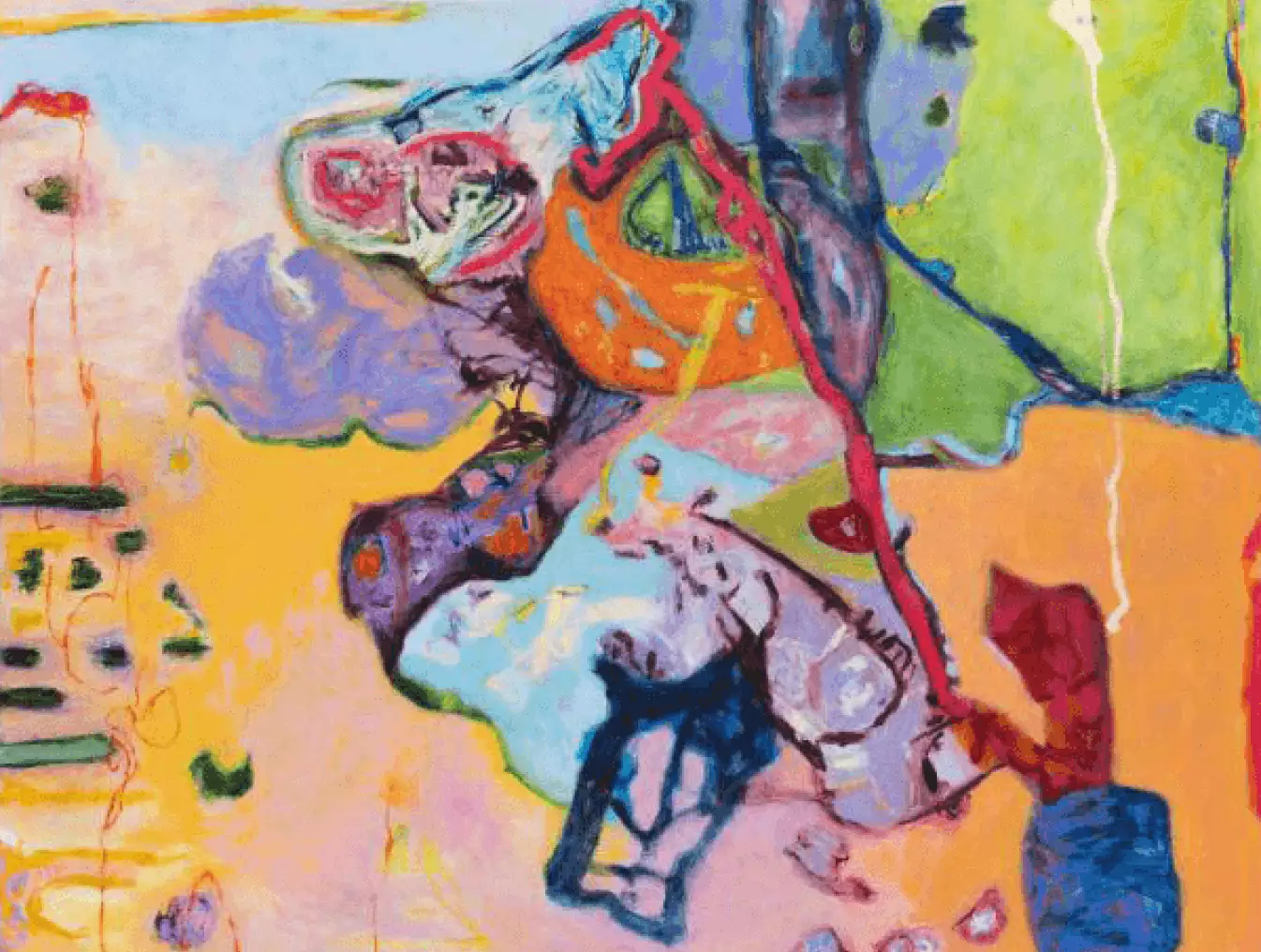
Lyra spoke with artist Sarah Dwyer about the relationship between the physical and the illusionary, her dynamic process of creation, and her participation in Lyra exhibition “I’m Not Afraid of Ghosts” in Venice.
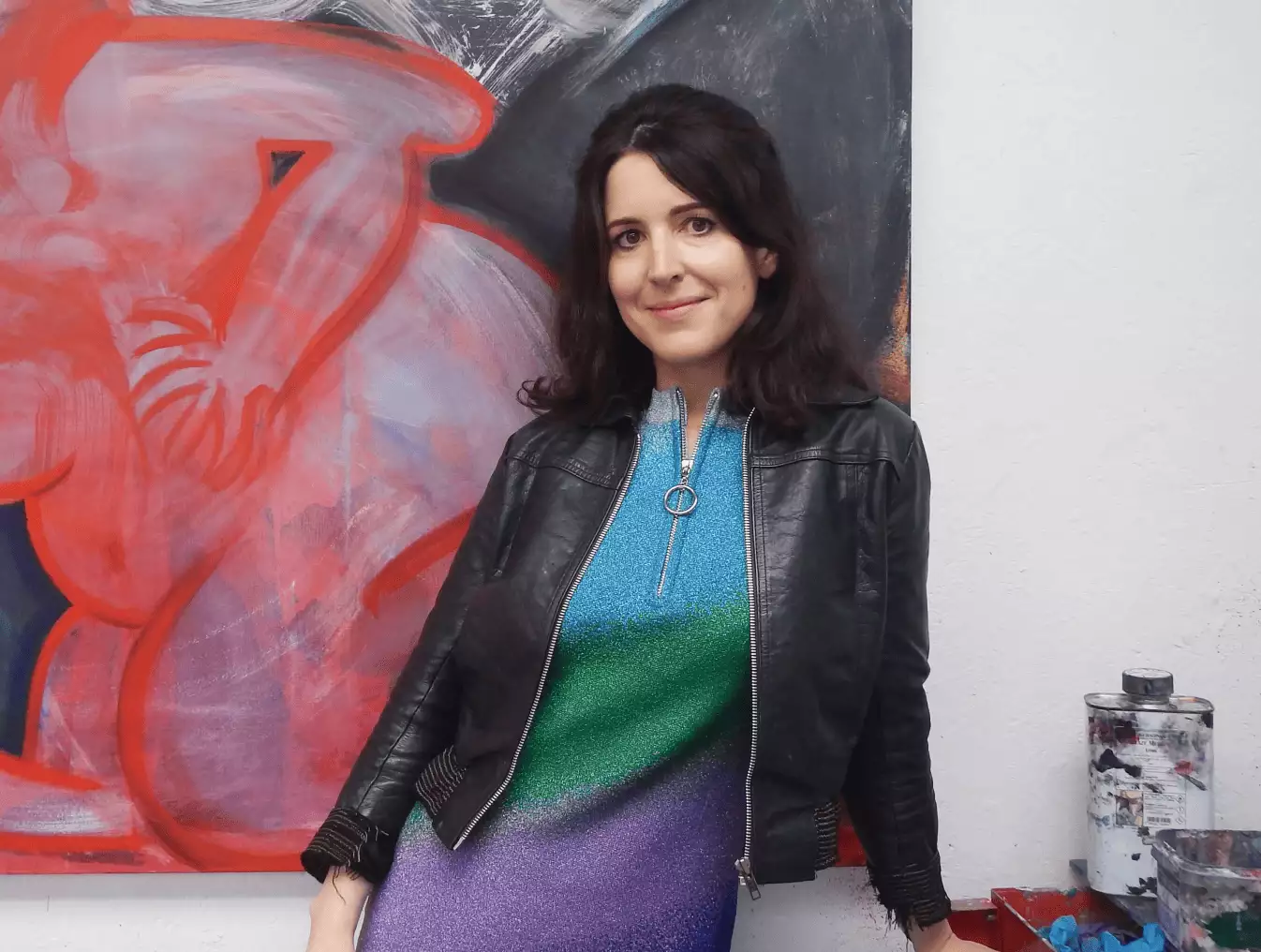
Artist Hannah Bays shares her thoughts about the subconscious, the body, desire and more with Lyra on the occasion of the exhibition “I’m Not Afraid of Ghosts.”
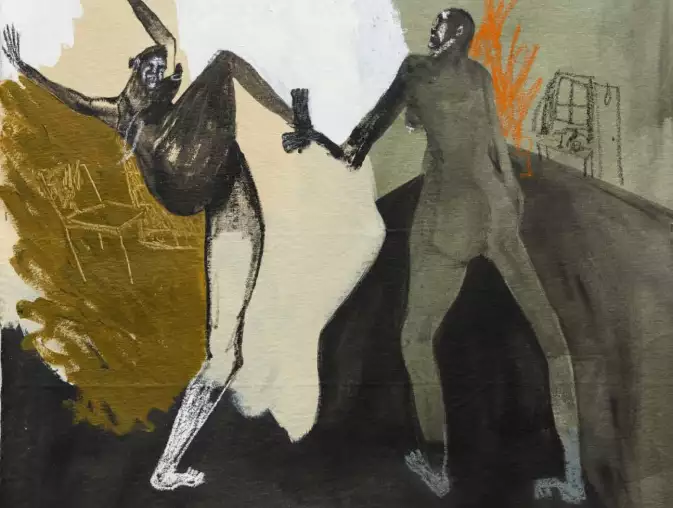
An interview with the Co-Curator of Lyra exhibition “I’m Not Afraid of Ghosts,” on view now at Palazzo Tiepolo Passi on Venice’s Grand Canal.
